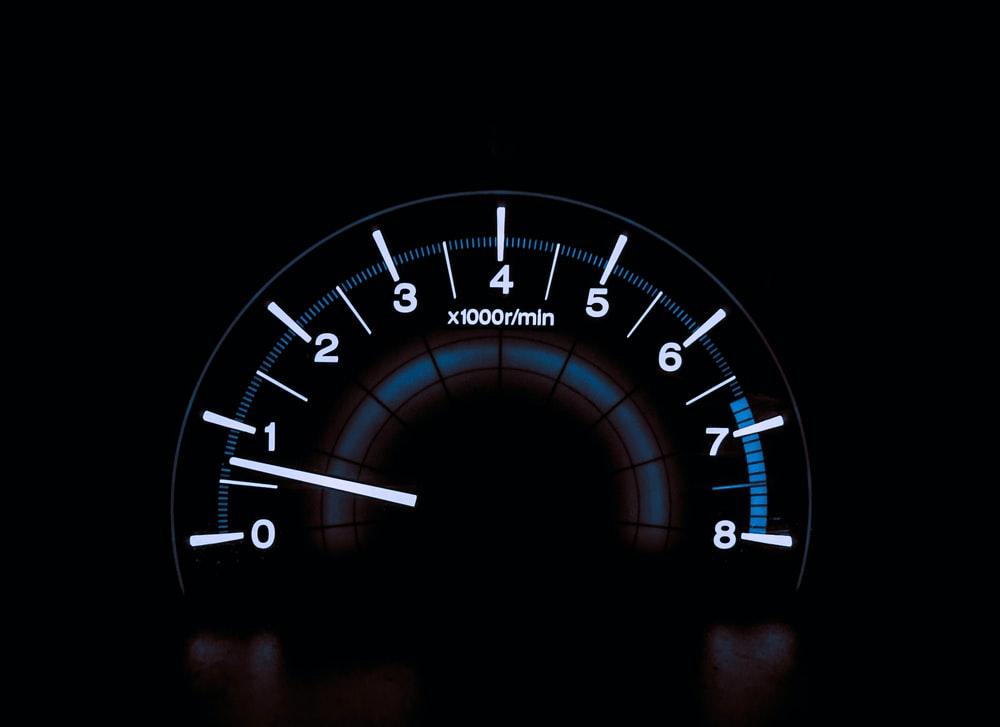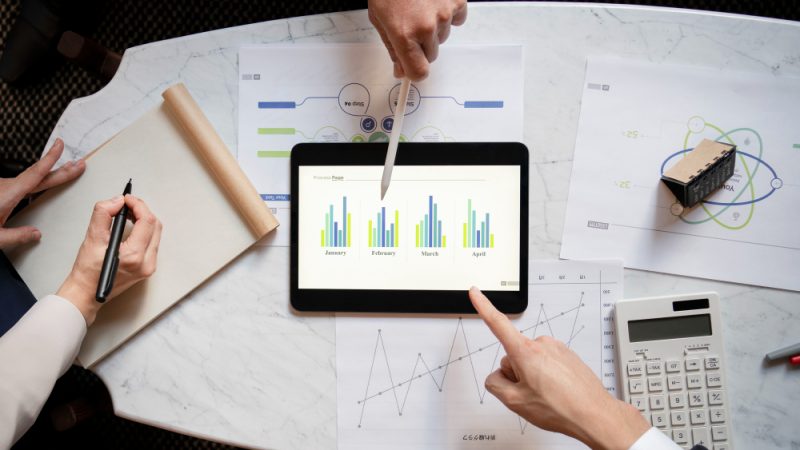Why Should You Prioritize Page Speed When Building a Website?

“You only get one chance to make a first impression.” You’ve probably heard this Stephanie Perkins quote before because it applies to so many things, from your attitude and clothing to your business website.
When you think about first impressions of a website, your mind might naturally steer towards its content and color palette.
However, one thing influences visitors’ opinions before they even get the chance to look at your exquisite digital branding design — page speed. This means speed optimization is one of the crucial factors to a website’s success.
A site that takes ages to load can damage your company’s reputation in a matter of seconds, causing you to drop visitors, lose conversions, and ultimately leave profits on the table.
On the other hand, a high-performing site will attract more visitors, increase leads and sales, and have an overall positive domino effect on your organization.
There are many factors to consider when optimizing page speed, but you’re in the right place. Below, we will provide you with all the information you need to understand website speed optimization and get started on improving your site’s performance.
1. What Is Page Speed?
As you might imagine, page speed refers to how long a web page takes to load its content. We can measure this in many ways, but probably the most important one is by Time to Interactive (TTI).
Another intuitively named metric, TTI, refers to the time it takes a page to load to a point where users can interact with it.
So, what is considered a good page speed? As ever, the answer to that question is not entirely straightforward and depends on various factors, such as your industry and the website’s purpose. Page speed times can also vary across mobile and desktop, as well as different pages of the same site.
That said, you should try to have all your pages load in less than three seconds.
2. Why Is Page Speed So Important?
When it comes to a website’s performance, there are four main reasons why page speed is a crucial factor. We’ll cover them below.
-
Usability
Here’s a statement of the obvious: the sooner your website loads, the sooner your users can interact with it. Items such as buttons, visual context clues, and menus help visitors take the actions you want them to take on the site.
If you can optimize your page speed so that these features are usable faster, your visitors are more likely to turn into happy return customers. It doesn’t get much simpler than that.
-
Engaged Users
Being able to get through the entire process quicker will make your users more likely not only to come back to your site but engage with it for longer. Somewhat paradoxically, the less time it takes customers to complete specific steps, the longer they’ll want to stay around.
Conversely, if each stage of the checkout process in your online store takes more than a few seconds to load, you can’t blame potential buyers for abandoning ship (or shop in this case).
The same is true for other actions a website’s users may take, such as jumping between pages or filling out forms. Poor website loading times will limit user engagement and negatively affect traffic and conversion rates.
-
Conversion Rates
Increasing conversion rates is the primary goal of most site owners. Thankfully, increasing your site speed is a proven way to do just that, with studies showing that a loading time reduction of as little as 0.1 seconds can improve your customer engagement, funnel progression, and conversion rate.
-
Search Engine Optimization
When Google decides which web pages to show at the top of the search results for any given search phrase, it uses a wide variety of factors, including page speed.
Therefore, if you want to optimize your chances of appearing near the top of the SERPs (Search Engine Result Pages), you should be paying close attention to your website’s loading times.
3. How to Measure Page Speed?
You can determine how fast your website is in a number of ways. One of the most popular and most reliable methods is the PageSpeed Insights tool. This no-nonsense web app allows you to simply submit your website’s URL and get a report on its performance on mobile and desktop from Google itself.
The metrics presented in the report are considered by Google as potential ranking factors when deciding how high a page will rank in the search results.
PageSpeed Insights rates a site’s overall speed using a 100-point scale. A score between 90 and 100 is optimal, while anything below 60 should prod you to work on optimizing your website speed.
While Google’s own page speed measuring tool is probably your safest bet, there are other performance testing tools out there, and each one will invariably present a different score. Each platform collects and processes its data differently, so your mileage may vary.
In the end, what matters most is the steps you can take to increase your page speed, which we will discuss below.
4. How to Improve Page Speed?
If you get the right people to build your website, chances are they’ll take most of the steps necessary to improve its speed and performance. All you’ll need to do from then on is measure the speed occasionally and understand the impact of your content and design changes.
The following tips will show you how to boost your site’s page speed and performance to keep both Google and your customers happy. These are the foundation blocks of website speed optimization.
-
Optimize Your Media
Image quality matters, but large files could be a considerable problem for improving page speed. You need to find a balance between performance and quality, and you can do this in a few ways.
First, you can compress your images better by saving them as JPG or SVG rather than PNG files. SVGs are the “lightest” and work very well for logos and clean shapes, while JPGs can be used for any image.
Next, try to avoid animated GIFs. We agree that nothing makes a page pop more than a sweet animation, but there’s also nothing that slows loading times quite as much. If you feel that an animation is an indispensable part of a given web page, try to limit the number of its frames and keep its dimensions as small as possible.
Another neat trick is placing your larger images and animated GIFs further down the page, giving them time to load while users are still focused on the content above the fold.
All these tricks aside, nothing will make your website load faster than keeping things clean and simple. Reducing your website’s complexity is the best way to improve its performance. As a bonus, a clean design is often great for a website’s functionality and overall user experience.
-
Simplify Your Code
Overly complex and cluttered code can reduce your page speed considerably. Simplified code not only makes your pages load faster, but it makes the job of crawling and indexing your website easier for Google, and anything that makes the search engine algorithms happy is a plus for your site.
Make sure your website development team is using efficient code on all of the site’s pages, so you don’t have to go through the process of checking and cleaning the code up down the line.
-
Don’t Use Too Many Plugins
Tracking codes, plugins, and third-party analytics software can quickly increase loading times, so you should pick and choose your add-ons carefully. There’s a delicate balance to be found between optimizing your site for speed and gathering as much user behavior data as you can. It’s one thing to use an SEO plugin like Yoast or a website builder like Elementor. It’s quite another to use some obscure plugin that you can live without.
We recommend prioritizing tracking codes and plugins that analyze the way users interact with your website. These will provide insight into the site’s overall functionality without stomping on the proverbial brakes when it comes to page speed.
Suppose you are unsure which plugins affect your loading times the most. In that case, you can always disable each one individually and test the site’s performance with different combinations of add-ons.
-
Take Advantage of Lazy Loading
Lazy loading is the practice of delaying the loading of media and content outside of the user’s view. Many website builders do this automatically, but you can also do your part by placing higher resolution elements and large images below the fold, as discussed in one of the previous sections.
Carefully consider which elements of each of your web pages you want to prioritize when it comes to loading. Above-the-fold content needs to load first, as you don’t want users to look at a blank page when they land on the site. Keep this first view straightforward yet engaging enough to hold onto your visitors’ attention while the rest of the page loads.
Conclusion
Although page speed may not be the top priority of every business out there, we believe every marketer and small business owner should consider it. Not only will fast loading times improve your site’s UX and contribute to more conversions, but they will boost your SEO efforts as well.
The tips we listed above should help you decrease page loading times and get more organic traffic, ultimately leading to more profits and the opportunity to expand your business as a result.
Author bio
Travis Dillard is a business consultant and an organizational psychologist based in Arlington, Texas. Passionate about marketing, social networks, and business in general. In his spare time, he writes a lot about new business strategies and digital marketing for DigitalStrategyOne.




